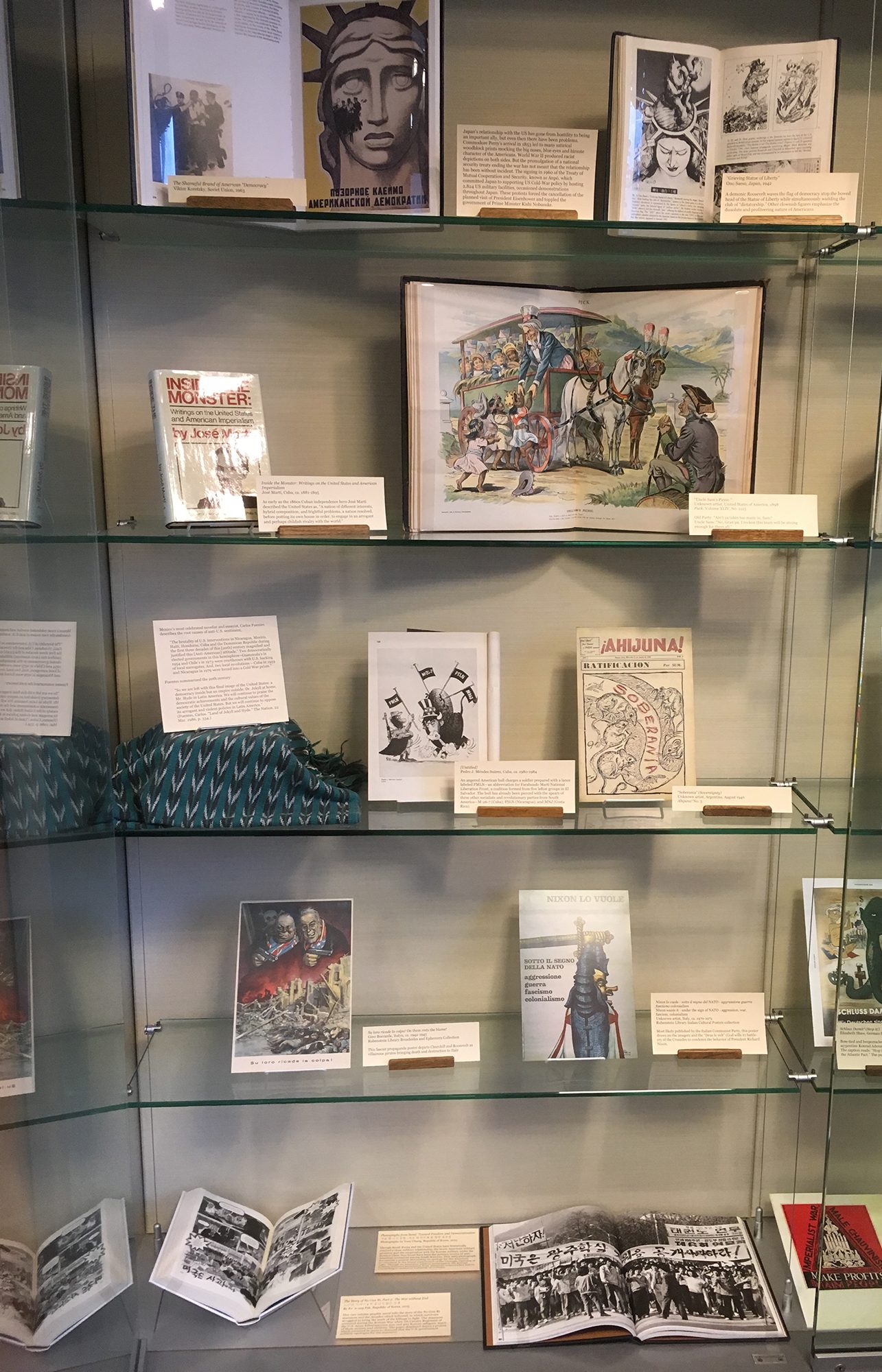Each year the UNC/Duke Consortium for Latin American & Caribbean Studies offers competitive fellowships for scholars who want to use our library resources. Priority goes to researchers from officially recognized Historically Black Colleges and Universities, Predominately Black Institutions, Minority Serving Institutions, and community colleges. Holly Ackerman talked with the two fellows selected by the Duke Libraries for 2019-2020. The conversations will be published in two parts starting with the exchange below with Professor Shearon Roberts.
Photo: Shearon Roberts, Ph.D. Summer 2019
Tell us a little bit about yourself. Walk us through your CV.
I teach both Mass Communication and African American/Diaspora Studies courses at Xavier University of Louisiana, a historically black university in New Orleans. I earned my doctorate from Tulane University’s Roger Thayer Stone Center in Latin American Studies where I studied Caribbean media, specifically Haitian media. Prior to academia, I worked as a reporter covering Latin America and the Caribbean. I research Caribbean and Latin American media, media discourse from the region, and media discourse on race and gender.
What was your research project this summer?
It is titled, “Learning the Black Diaspora through Latin American & Caribbean Media.” After leading four years of grant-supported student field visits to Latin America and the Caribbean, the number one feedback from participating students is how much people of the region consume media about African American culture and experiences, and how little access African American students have to media about communities of color in the Americas. I want to change that through my courses and through use of materials such as those at Duke.
For example, Duke University’s Robert Hill collection provided me with a wealth of teaching resources for African American students to discover how vast and how interconnected Black Diaspora movements were. Hill’s collection dates back to Marcus Garvey and the UNIA (founded in 1914), and he is also the executor for C.L.R. James’ (1901-1989) work. It was fascinating to see how closely Black movements in the Caribbean were intricately connected to African American movements and African movements. Hill also dedicated himself to the teaching of the Black Diaspora and within his collection are both his and his contemporaries’ syllabi – a valuable find for re-introducing materials out of print or that have been ignored in the teaching of the Black Diaspora in the Americas. Below are two sample teaching guides/syllabi I found in the Robert Hill collection at the Rubenstein that I will use for teaching my courses:
Source Citation: Hill Personal Box 14, Robert A. Hill Collection, David M. Rubenstein Rare Book & Manuscript Library, Duke University.
For my own research, Hill’s collection was invaluable in laying out Caribbean intellectual thought and movements and how Caribbean intellects connected to media and to the public. I originally applied for the College Educators Research Fellowship (CERF) to research the Radio Haiti Archive’s non-digitized records and I was not disappointed. The archive is not just a Haitian one, but a Caribbean one, and it provided a window on many of the movements taking place around the region. The Radio Haiti archives are impeccably well-cataloged, a nod to the archivist Laura Wagner’s hard work. Because of the archives’ detailed descriptions, I located a little-known dissertation from the eighties, well at least little-known to me, documenting press history in Haiti. I also discovered through this archive how regional in scope many important media outlets in the Caribbean were during this time.
Source Citation: Radio Haiti Box 14: Aux Origines De La Presse Folder, Radio Haiti Papers, David M. Rubenstein Rare Book & Manuscript Library, Duke University.
Both staff at the Rubenstein and the UNC-Duke Consortium in Latin American and Caribbean studies were extremely helpful in shaping a successful visit to Durham this summer. Patrick Stawski pointed me in the direction of the Ecumenical Program on Central America and the Caribbean (EPICA) records and helped me to conceptualize a project from this collection that I had not conceived of prior to my time at the Rubenstein. Sara Seten Berghausen helped me navigate digital collections and took time to send me documents from digital collections for course teaching. Corin Zaragoza Esterra helped me think through the connections of my research projects and find my away around Durham during my stay. Natalie Hartman made sure that my access to Duke’s resources were seamless. I thank all the staff at the Rubenstein who worked with lightning speed to ensure I had access to every rare material requested during my stay. Finally, I am extremely grateful to Holly Ackerman for getting me to think across the collections and starting me off in the right scholarly directions before and during my stay.
How will the info you gathered at the Duke Libraries be used?
I have updated my coursework and course lectures to include materials I researched at the Rubenstein. I have incorporated materials from digital collections for course unit assignments. These range from sections of constitutions from the region to photographs showing civic activism in the region, and music and films from the region. My research, both current and those in development stages have been greatly enhanced by documents located in these collections. The manuscripts I am writing about Haitian media, Caribbean media and Caribbean movements will include documents from the collections of the Rubenstein.




























